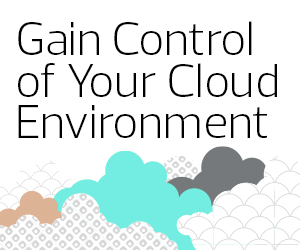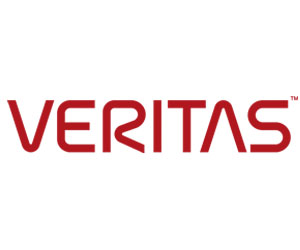He adds that because Veritas appliances are built with a zero-trust architecture from day one, once the data gets into the appliances, it is protected from ransomware and any other zero-day vulnerabilities.
With NetBackup IT Analytics, Bryant explains, healthcare organizations can monitor their compute storage, network bandwidth, cloud use and ingress/egress fees, which trigger alerts when unusual activity is detected.
“That is something that we’ve tied to cyber resiliency, because similar to the deduplication rate and backup times going up, a high storage input/output rate is a good indicator that something’s being encrypted,” he says. “It’s the same thing with CPU utilization. We use that holistically to manage the environment.”
The Value Proposition of Data Recovery for Healthcare Organizations
Bryant notes that the tool itself helps organizations reduce their overall storage costs by as much as 20 percent, a value proposition that helps pay for the cyber resiliency project.
“We use this data to help organizations better understand where their data is and how to control their costs and their data,” Bryant says.
Veritas’ Enterprise Vault service lets healthcare organizations harness their communications — including more than 80 different types of communication, from email to social media — and automatically identifies the most relevant content to ensure compliance and to curate for value.
“It creates a bigger picture of what’s really going on,” Bryant says. “Say you want to develop a new treatment protocol for diabetes. You probably want to talk to your top endocrinologist. But instead of just talking to one or two endocrinologists, you could harvest all the communications and treatment protocols within your endocrinology department to come up with a best practice.”
EXPLORE: Why storage and backups are a key component of healthcare cybersecurity.
In the wake of the pandemic, Bryant has noticed a better partnership between the clinicians and the technology team.
“We’re having those conversations proactively about a healthcare organization’s existing technologies, to help design the IT disaster resiliency that’s needed,” he explains.
This collaboration between IT teams and clinicians allows them to have real conversations about resiliency, which applications need to come up and what order.
“We’ve seen more adoption of Software as a Service and cloud-based solutions in healthcare in the past two years than in the past 10 years combined, mostly because of the pandemic,” Bryant says. “What they’ve also started to realize is that it’s the healthcare organization’s responsibility to protect those cloud assets.”
Brought to you by:













